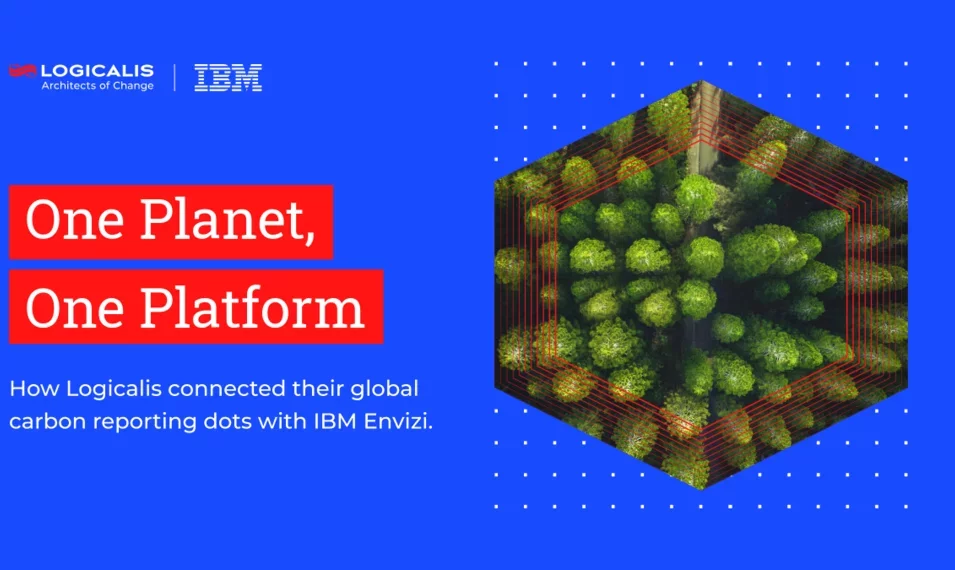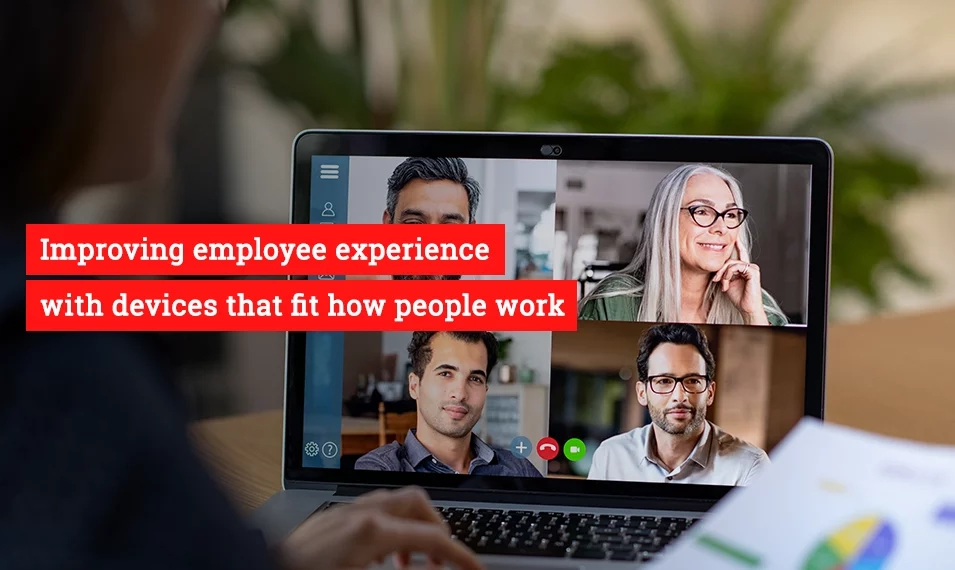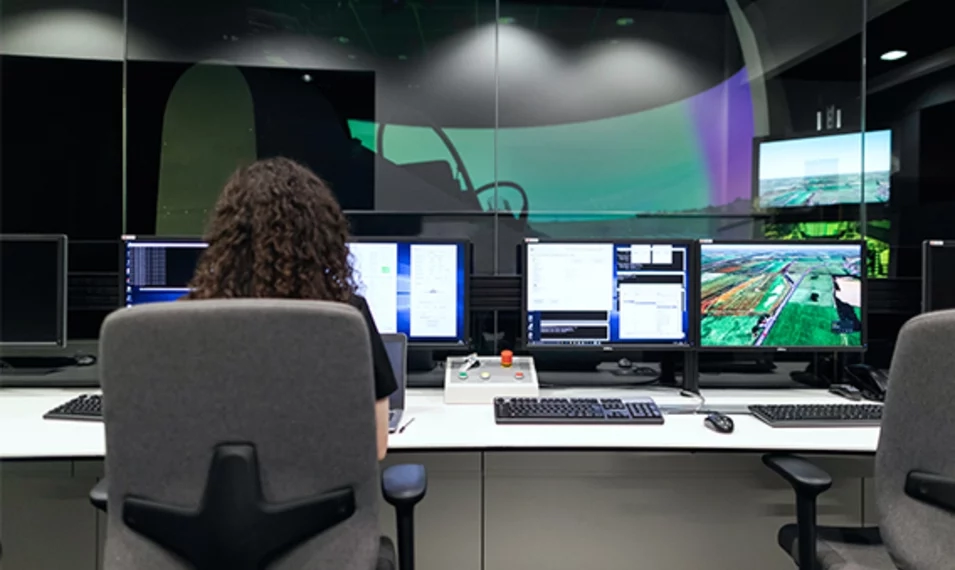
Australia, Jan 26, 2021
StarHealth is a provider of primary care services throughout their centres in Victoria. With a vision of providing Health and wellbeing for all, StarHealth provides coordinated care when and where needed so their clients can achieve their health and wellbeing goals.
Download the PDF version of the case study
Challenge
Historically StarHealth were set up to deliver all of their services onsite from their health care centres around Victoria, although many of their clients struggled to attend in person to receive the treatment they needed. This posed a challenge to many of the marginalised communities and clients that StarHealth supports.
Understanding the challenges that attending the centre’s in person posed to many in the vulnerable communities that StarHealth supports, the leadership team at StarHealth wanted to evolve the way services were delivered to meet these challenges – by adopting a decentralised cloud-based model.
Instead of requiring that clients come to StarHealth, StarHealth could visit clients directly or rapidly set up a presence where required.
StarHealth’s IT department, a lean team of four, led by IT Manager Mike Diamond, serves over four hundred clients. In order to achieve this, Mike’s strategy was to go cloud-first using a managed service, with the aim of simplifying StarHealth’s IT environment – in order to devote as much resource as possible in supporting his frontline staff.
As IT worked on a plan to meet the business goal of offering remote services, Mike knew he had to do something with their rigid, legacy point-to-point data network running on copper. Besides being stretched to capacity, the inflexible network architecture made it difficult for StarHealth to move existing sites or establish new sites dynamically – and therefore unable to support the agility needed to deliver remote services.
To set up a new service centre would take a minimum of six weeks but StarHealth’s front line workers were often needed in the community in real-time, IT needed a way to provide connectivity quickly to new buildings and even mobile sites
Solution
To enable their front-line staff to work wherever their clients needed them, StarHealth needed to switch to a cloud-based platform. They chose Office 365, including MS Teams for video conferencing.
StarHealth turned to Logicalis to design a modern, flexible network to support their cloud-first strategy.
Logicalis recommended a one-stop-shop SDWAN solution, combining Cisco Meraki SDWAN MX with highspeed NBN Fibre – all fully monitored and managed by Logicalis Managed Services.
Logicalis designed, project-managed and delivered the solution end to end and now manage the solution.
Result
This new fully managed SDWAN network now delivers faster, more reliable gigabit connectivity to all their existing sites, with significantly reduced lead times for setting up in recent locations – all via a quick phone call to the Logicalis help desk.
The security of Meraki MX and the flexibility of SDWAN enables StarHealth to securely adopt a range of connectivity options, from NBN through to cellular LTE and future 5G connectivity.
With a Managed SD-WAN service securely fasttracking traffic between remote user, branch and cloud, StarHealth truly have a cloud-ready network and can take full advantage of the scale and agility on offer with the Office 365 Cloud-based productivity suite.
Mike and his team of four can focus on running the business and responding quickly to the needs of the organisation instead of doing what he calls ‘mindless IT.’ During COVID they had to have mobile testing services set up within 30 minutes, a feat which would have taken them six weeks with the previous network.
Mike and his lean team have the full capacity of the Logicalis Managed Services team and can pick up the phone in the event of an issue. With the intelligence and visibility provided by the Cisco Meraki MX platform, the network becomes a valuable diagnostic tool rather than the culprit in resolving application performance issues.














